Lower back pain and lower abdominal pain with brown discharge may be related to menstrual disorders, pelvic inflammatory disease, threatened miscarriage, endometriosis, urinary system infections, and other factors. They can be relieved by adjusting daily routines, medication treatment, surgical intervention, and other methods. It is recommended to seek medical attention promptly to identify the cause and avoid delaying treatment.
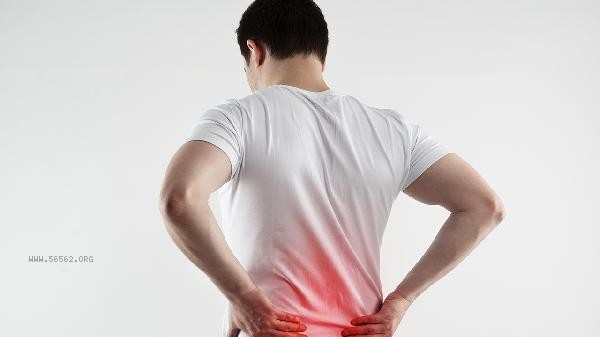
1. Menstrual disorders
Overwork or mental stress may lead to endocrine disorders, causing abnormal menstrual cycles. Manifested as non menstrual brown discharge accompanied by lower back and abdominal pain, and some patients may also experience breast swelling and pain. You can use Wuji Baifeng Pill, Motherwort Granules, Dingkun Pill and other traditional Chinese patent medicines and simple preparations to regulate your qi and blood according to your doctor's advice. You should avoid staying up late and mood swings every day.
2. Pelvic inflammatory disease
Bacterial ascending infection can easily induce pelvic inflammation, commonly accompanied by lower abdominal pain and soreness in the lumbar and sacral regions, brown or purulent vaginal discharge, and may be accompanied by low-grade fever. Please follow the doctor's advice to use gynecological Qianjin tablets, Jingangteng capsules, metronidazole tablets, and other medications. During the acute phase, it is recommended to rest in bed and abstain from sexual activity.
3. Threatened miscarriage
Early pregnancy with brown discharge accompanied by paroxysmal abdominal pain should be alert to threatened miscarriage, which may be related to luteal insufficiency or abnormal embryonic development. Immediate medical attention should be sought to test progesterone levels. The doctor may prescribe medications such as progesterone capsules, dexamethasone tablets, and Baotailing capsules, and absolute bed rest is required during this period.
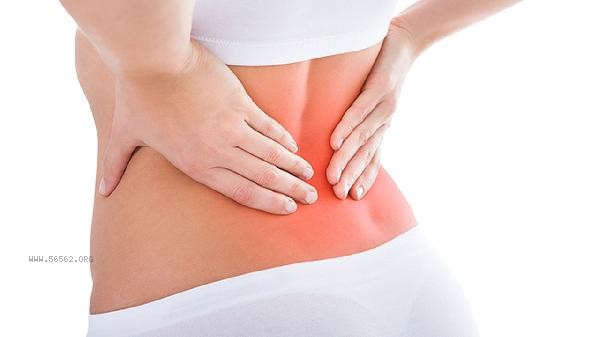
4. Endometriosis
Stimulation of endometriosis lesions can cause persistent lower back and abdominal pain outside of menstruation, with old brown secretions and often accompanied by sexual pain. After diagnosis, doctors may recommend the use of drugs such as Sanjie Analgesic Capsules, Gestrinone Capsules, and Goserelin Extended Release Implants. In severe cases, laparoscopic surgery is required to remove the lesion.
5. Urinary system infection
Cystitis or pyelonephritis may cause radiating back pain, which should be considered when combined with frequent urination and urgency. Infection may cause vaginal secretions to become brown in color due to blood contamination, and diagnosis should be made through urine routine. Medications such as Sanjin tablets, Hot Linqing granules, and Levofloxacin tablets can be used according to medical advice, and daily water intake should be maintained at 2000 milliliters or more. During the onset of symptoms, one should avoid vigorous exercise and heavy physical labor, keep the external genitalia clean and dry, and change cotton underwear daily. The diet should be light and consume more spleen strengthening ingredients such as yam and red dates. Avoid spicy, stimulating, and raw/cold foods. If the pain continues to worsen or the discharge turns bright red, it is necessary to immediately go to the gynecology or emergency department for treatment, complete B-ultrasound, hormone six tests and other examinations to clarify the diagnosis. Pregnant women should pay special attention to excluding pregnancy related conditions and confirm whether they are pregnant before taking medication.
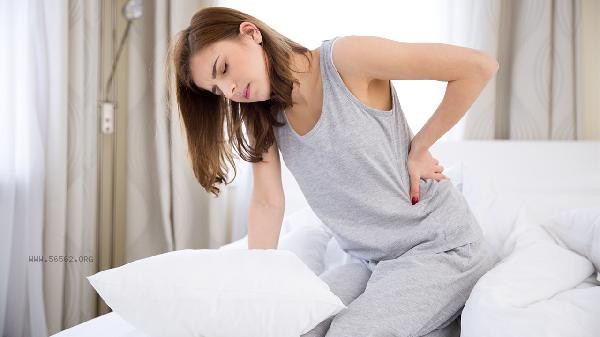


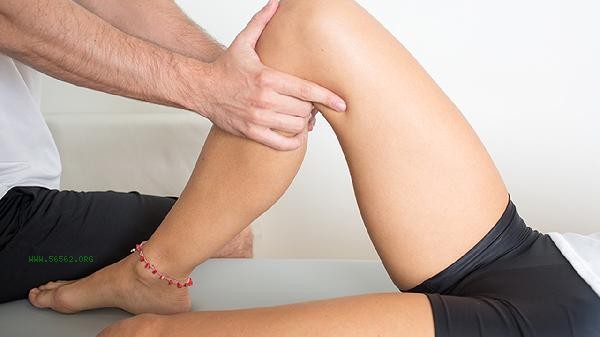
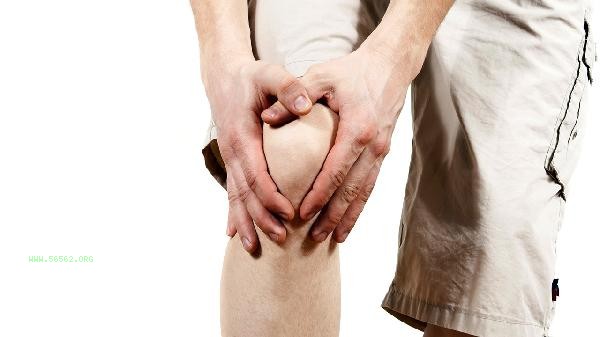

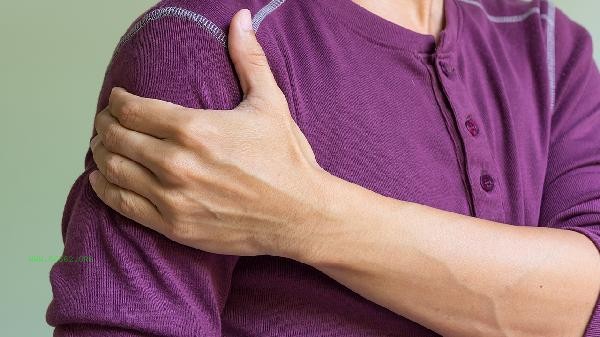


Comments (0)
Leave a Comment
No comments yet
Be the first to share your thoughts!